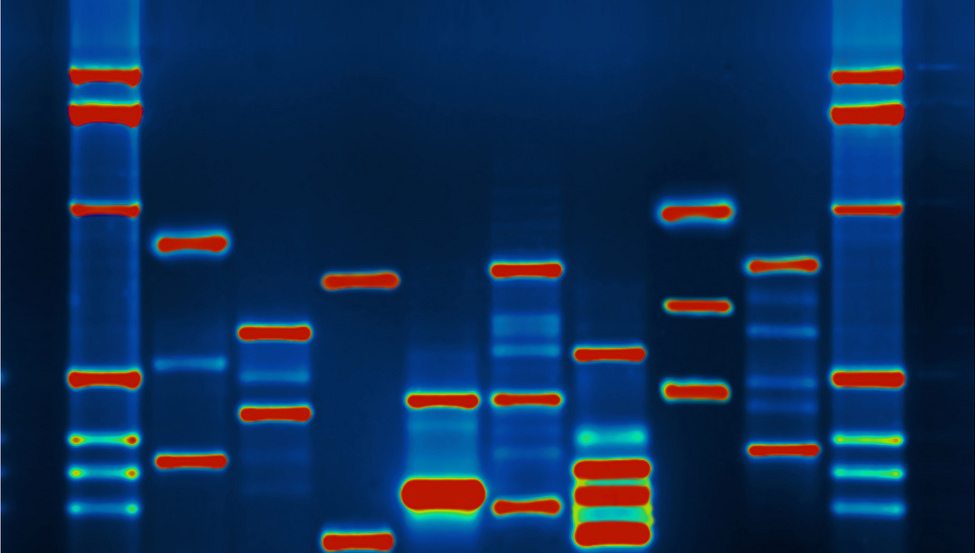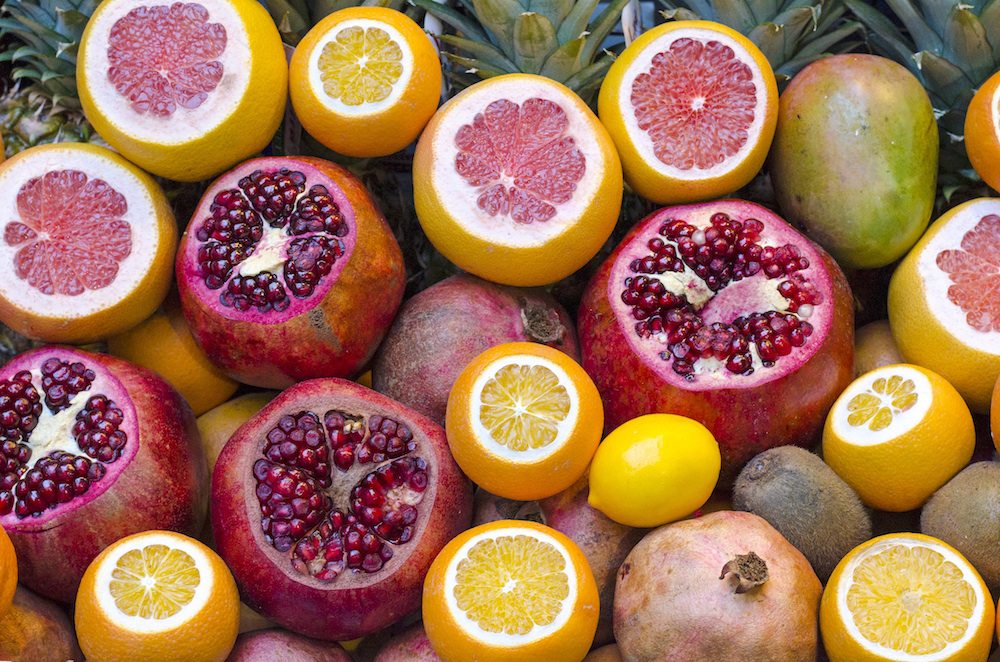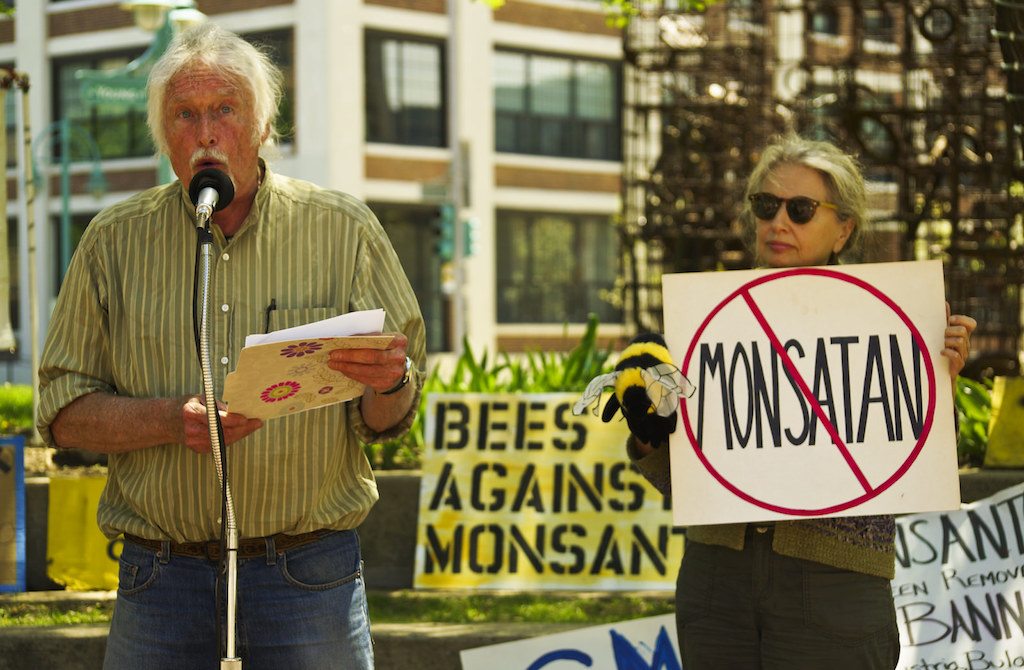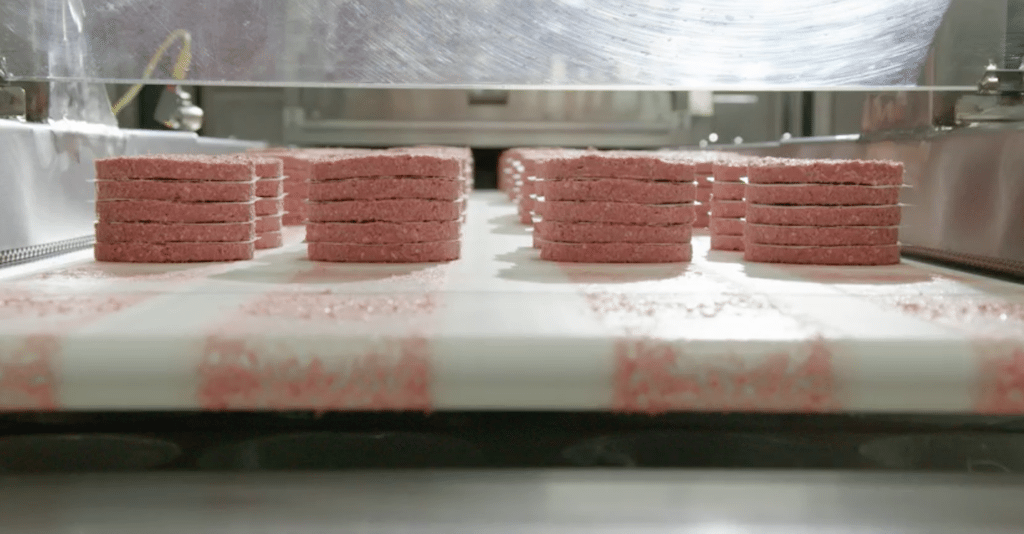You’ve heard of Clear Labs. They were the folks who about a year ago made headlines by performing a detailed analysis of 75 brands of hot dogs, discovering that roughly 15 percent had ingredients not disclosed on the label—including chicken wieners that actually contained pork and even a few cases of contamination with human DNA. It was one of those food stories that make you stop and think, trying to figure whether you should be outraged or indifferent. You don’t want to know every single thing that goes into your mouth—it’s like reading symptoms on Web MD, a sure way to feel sick.
But we’re getting more and more able to analyze food in detail, and that means we’re going to have to start thinking about how we plan to use the information so we end up happier and healthier, not just crazier and more frightened.
You can thank Clear Labs for the next food analytic tool that we’re likely to encounter. The company recently announced it had developed a new low-cost DNA test that can detect all known GMO ingredients in a single assay, at a cost that could go as low as $3 a sample for high-volume customers. Where today’s tests mostly require users to look for a single target, Clear Labs’ identifies every kind of DNA that’s present in the sample, whether you were looking for it or not. (I’m not doing justice to an ingenious piece of technology. Read more here.) The approach was first developed for testing for pathogens, and it will probably find its greatest use there, but turnaround time on the testing, though much improved, still needs to get shorter before it will make serious inroads in food safety. Besides, with compulsory labeling of GMOs now the law of the land, there’s a clear market for a test that gets beyond audit trails and paperwork.
So now we can know for certain whether food contains genetically modified ingredients, right?
If only it were so simple.
The problem, of course, is that the folks who want to do away with GMOs aren’t quite in agreement with each other. Some people just don’t want to eat “frankenfoods.” Others are worried that genetic manipulation will cause food to produce unexpected toxins and allergens. Still others are most concerned about the agricultural practices that go with GMOs: monoculture, patented seeds, big-company influence, pesticide use, and the like. How will a DNA test satisfy the different groups?
If you’re anti-frankenfood, a DNA test will tell you whether there’s any DNA from a modified organism in your food. What if the food in question has been processed in a way that eliminates or degrades the DNA? (For example, in theory, high fructose corn syrup from GMO corn should contain no DNA. But it might, which means it might show up in the test, and it might not.) Meat from an animal fed on GMO grain wouldn’t test as positive for GMOs. Which means that a clean bill of health from the Clear Labs test wouldn’t reassure a classic, agriculture-based GMO opponent. Audits like the ones conducted by the Non-GMO Project will still be necessary, even if DNA testing becomes a valuable component of managing GMOs. GMOs are a complicated issue. We shouldn’t expect to get all the answers we might want from any single tool, no matter how sophisticated.
But cool tools take on a life of their own. And it’s easy to see improved testing for GMOs being adapted in ways that Clear Labs wasn’t necessarily planning on—and that might be as disruptive as helpful. Here are three scenarios that come to mind:

Clear Labs Clear Labs tests for GMOs, gluten, and pesticides, among other contaminants
The test becomes its own certification. If you set aside the important questions about GMOs—food safety, environmental damage, monopolistic business practices—you’re left with marketing. A product that can claim to be free of GMOs is potentially worth more than one that can’t. At the moment, if you want your product to be certified free of GMOs, you have to do a substantial amount of work, auditing suppliers, segregating ingredients, maintaining tight control over supply chains and processes. A DNA test offers a different possibility—test the final product and call it a day. Sure, the test doesn’t reveal as much as certification through the Non-GMO Project. But will consumers notice the difference? We already know from the recently passed national GMO labeling law that government is not particularly interested in fully transparent labeling of GMOs—take for example the way that it excludes meat from GMO-fed animals from labeling requirements. It seems entirely possible that a test designed to be a significant part of a smart labeling program could end up replacing it with a dumber one.
We discover that GMOs are much more common than we thought. Remember early this summer, when GMO wheat was discovered growing in the Pacific Northwest and set off a trade flap with Korea and Japan? In theory, there isn’t any GMO wheat, at least none that’s approved to be grown or sold. But there it was, growing on its own. Was it an isolated incident, or have GMO species been quietly spreading around, cross pollinating with conventional plants and creating a sort of GMO underground? When we start testing lots of food for the full range of potential GMO markers, we might end up discovering that much of the food supply contains at least small amounts of modified DNA. Will the discovery be important? Not really. Most people who have thought much about GMOs and food supply chains are already aware of the possibility, and we’re probably talking about trace amounts. But Americans tend not to like nuance or pragmatic ways of dealing with unpleasant realities. They’re not going to like the idea that someone, probably the government, is eventually going to declare that “no GMOs” means “up to one or two percent GMOs.” Look for unhappy consumers and new and ingenious conspiracy theories.
The lawyers clean up. Food lawsuits have become a national pastime, and a reliable, inexpensive test for GMOs is sure to inspire a whole new wave of legal actions. If in fact it turns out that GMO contamination is common, Big Food companies might end up deciding that it’s cheaper and safer just to label everything “may contain GMOs,” which would, of course, overturn the whole purpose of the test.
Don’t misunderstand: I’m not complaining about Clear Labs’ new invention. It’s an inevitable step in a good direction, and it should be a terrific tool especially as it takes its place in improving food safety. Nobody’s going to force us to use it in ways that ultimately confuse consumers, undermine standards, and harm conscientious producers. But will we refrain?











